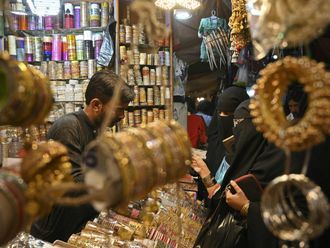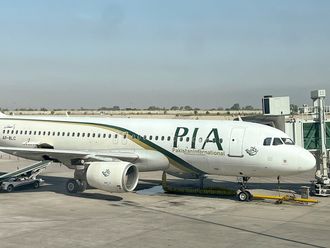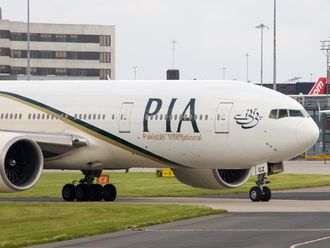Islamabad: An estimated 900,000 Hazaras living in Pakistan, the majority of them in the country’s south-western Balochistan province, are suffering frequent attacks by extremist sectarian outfits.
According to historical records there are three primary theories about Hazara origin. They could be of Turko-Mongol ancestry, descendants of an ocupying army left in Afghanistan by Genghis Khan.
A second theory goes back two millennia to the Kushan Dynasty, when Bamiyan in Afghanistan — home to the large statues blown up by the Taliban — was a centre of Buddhist civilisation. Subscribers to this idea point to the similar facial structure of the Hazaras with those of Buddhist murals and statues in the region.
The most widely accepted theory is something of a compromise: that the Hazara are mixed-race. Certain Mongol tribes did travel to eastern Persia and what is modern-day Afghanistan, putting down roots and integrating with the indigenous community.
This group then formed their own community, which became the Hazara, with their distinctive facial features, sometimes termed Mongoloid, which bear the origins of their central Asian ancestry.
Either way the Hazara settled in central Afghanistan, though in the mid-19th century their brutal history of persecution began when more than half their population was killed or forced into exile.
The Pashtun Amir Abdul Rehman, who the British termed Afghanistan’s Iron Amir during the Raj, invaded the Hazara homeland in the country’s central highlands, forcing them to give up land, and pushing many into exile in Balochistan.
There was already Hazara movement into British India by this point, with migrants working in labour-intensity jobs such as mining. Some Hazaras also came to Quetta during the 19th Century to work on the construction of Indian railways. However, the majority were forced to leave by Rehman’s ethnic cleansing.
In 1907 British officer Colonel Claude Jacob raised a regiment made up solely of Hazaras, who had developed a reputation for martial strength, perhaps based on a romanticisation of their possible lineage to Genghis Khan.
Quetta’s 1935 earthquake actually helped the Hazara community in some ways. The migration away from the city after the disaster opened up positions in semi-skilled labour, which led some Hazaras to become shopkeepers, tailors and mechanics.
The Second World War saw more Hazaras enlisted by the British Indian Army. Some thrived: one of them was General Musa Khan, who as army chief led Pakistani forces in the 1965 war against India.
After the 1947 partition of the sub-continent, Pakistan came into being and Hazaras were given Pakistani nationality in early 1950s.
However, the Hazaras have remained an underprivileged community. Currently between 500,000 and 600,000 live in Quetta, spread over two slums in the east and west of the city. A large proportion of their income is remittance payments from Iran, the Gulf, Europe and Australia.
Among the Hazara in Quetta are tens of thousands of new migrants escaping the wrath of the Taliban. Persecution of Hazaras persists in Afghanistan, where the Taliban have shown no let-up in their attack on Shias, burning villages and kidnapping community members, forcing further emigration into Pakistan.
In Pakistan, the sectarian violence also has a geopolitical context, with a belief among sectarian militants that the Hazara receive Iranian support.
The Hazara community has suffered frequent attacks, claimed mostly by banned religious exrremist outfit calling itself Lashkar-e-Jhangi (LJ), followers of late Haq Nawaz Jhangvi, a radical cleric from amongst majority Sunni Muslims, known for his anti-Shia views.
Jhangvi had been based in the rural town of Jhang in Pakistan’s central proince of Punjab, where he was shot dead in 1990 and his disciples blamed Shias for the assassination.












